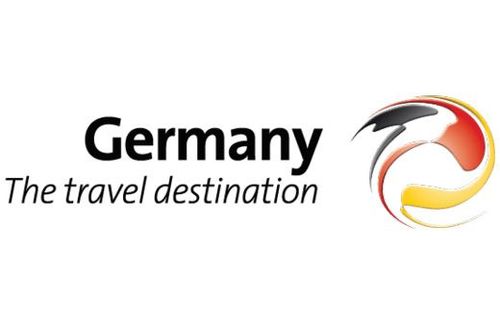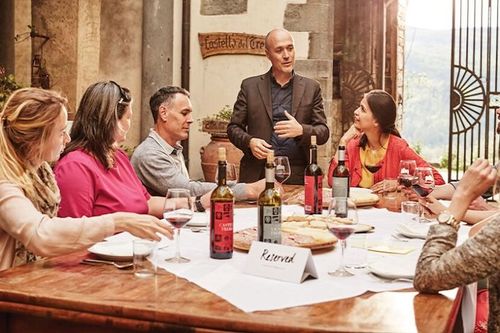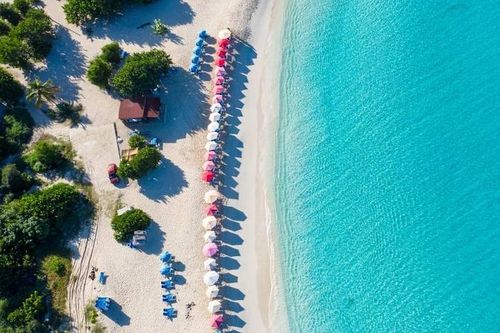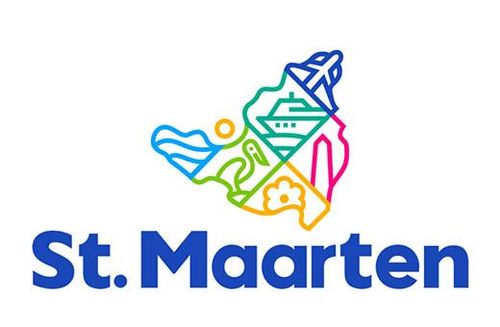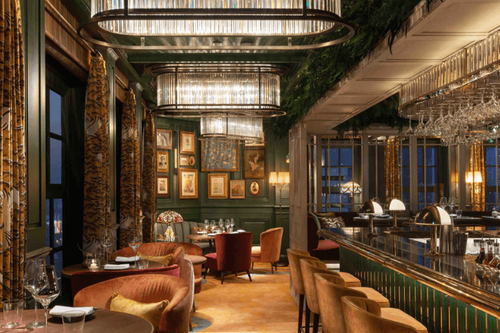Where travel agents earn, learn and save!
Travel & Selling Tips / Festive glamour in Germany
Christmas customs and traditions in Germany’s federal states
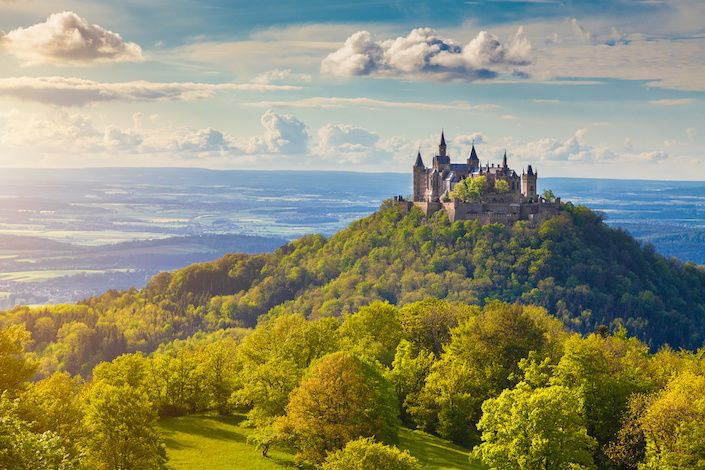
Thriving traditions and carefully cultivated customs bring the festive season alive in Germany’s urban centres and rural regions. Below, German National Tourist Board showcases a seasonal travel experience from the federal states.
Baden-Württemberg: festive glamour in castles and palaces
A leisurely tour of the extravagantly decorated royal chambers at Burg Hohenzollern, a fairytale castle located on the edge of the Swabian Alb, is a real treat at this time of year. And Schwetzingen Palace is also awash with Yuletide charm. During the festive season, light artists transform this former royal residence into a Christmas wonderland with illuminated gardens.
Bavaria: toboggan runs and torch-lit walks
Every winter, the landlady at Hündeleskopfhütte in the Allgäu Alps prepares the two-kilometre toboggan run from her mountain restaurant. Armed with head torches, her more adventurous guests can then ride their sleds back down, but there are also torch-lit walks for those who would rather venture out on foot at night.
Berlin: the whole city in lights
Must-sees include the sparkling Christmas tree at the Brandenburg Gate, the tree-lined avenue Unter den Linden decorated with fairy lights, and the shining stars in Lichtenberg. The Christmas Garden Berlin in the Botanic Gardens is another fairytale setting with light installations and a tree with wish lists hanging from its illuminated branches.
Brandenburg: Christmas stories in the baroque setting of Potsdam
During the festive season, Potsdam, a former royal seat of power, offers a special ‘Potsdam Christmas stories’ tour. Starting at the old market square, the tour explores the historical city centre and continues to the Dutch quarter, while the guide recounts anecdotes about Baby Jesus and Father Christmas. The historical trams serving glühwein are a popular means of travel between the Christmas markets. The absolute highlight is a stroll around the ‘Blauer Lichterglanz’ Christmas village.
A seasonal treat from Bremen: klaben fruit loaf
At Christmas time, Germany’s bakeries are a hive of activity. The Hanseatic city of Bremen, in particular, is known for its irresistible klaben fruit loaf. This Christmas cake, which was first mentioned by Bremen’s council in 1593, is made with yeast dough, sultanas and almonds, and flavoured with cardamom. Anyone can bake this delicious cake, but only klaben made in Bremen is allowed to use ‘original’, or genuine, in the name.
Hamburg: ‘flying’ Christmas trees for sailors
In Hamburg, even Christmas has a maritime edge to it. During the traditional ‘Tannenbaumwerfen’, or conifer throwing, a barge full of trees cruises around Hamburg’s port. The trees are then thrown onto the bigger ships so that the sailors on board can enjoy Christmas even when they are far from home.
Hessen: street entertainers and culinary treats at Berlepsch Castle
Berlepsch Castle, perched on the hills of the Werra valley, is part of the German Fairytale Route and the perfect setting for an atmospheric Christmas market. The centuries-old fortress is a riot of traditional decorations and offers medieval music, mulled wine, street entertainers and handmade treats. The fairytale readings are a real hit with the kids, as are the fairytale days throughout the year.
Mecklenburg-Western Pomerania: sea air and art trails on the Baltic coast
On those days when snowflakes dot the air and the low sun bathes everything in a soft light, a winter walk along one of the ten thalassotherapy trails in the seaside resort of Warnemünde, the Stoltera nature conservation area or Rostock Heath will lift your spirits. Visitors with an interest in culture should head for the Ahrenshoop art trail, a circular walk that features works by renowned artists from the Ahrenshoop artists’ colony founded in 1892.
Lower Saxony: the home of heidesand biscuits and neejahskoken waffles
In the run-up to Christmas, many homes in Lower Saxony are filled with the smell of baking. In Bentheim, flat cakes called schoosollen (shoe soles) are baked over an open fire, while Lüneburg Heath is known for its heidesand biscuits. On the North Sea coast, thin treats known as rullerkes or neejahskoken are made in a waffle iron and often enjoyed around New Year with a cup of East Frisian tea.
North Rhine-Westphalia: fun on the ice at Zollverein mine
Germany’s most unusual, and possibly most beautiful, ice rink can be found at Zollverein mine, a UNESCO World Heritage site in Essen. Every year in December, what was once the world’s largest coal mine is transformed into a 150 metre long ice rink along the large coking ovens and chimneys. The rink is a sparkling delight at night, while the winter village next door ensures you won’t go hungry.
Rhineland-Palatinate: a winter walk with amazing views
A winter walk near Wasserliesch, an area renowned for its wild flowers, is particularly romantic at Christmas time. Follow the Moselsteig trail to Löschem Chapel, which stands high up on the edge of a slope and offers stunning views of the Moselle valley and the Eifel and Hunsrück mountains. Torch-lit walks around Andernach and Neuwied on the river Rhine are another popular winter activity.
Saxony: Christmas all year round in the Erzgebirge mountains
It’s always Christmas in Seiffen in the Erzgebirge mountains. The town is famous for the handcrafted Christmas pyramids, nutcrackers, angels, candle arches and incense smokers that have been made here for generations and are sold throughout the year. In the run-up to Christmas, the spa resort dons its finest festive threads and invites visitors to the Seiffen Christmas market and the Nativity play in Seiffen church, which is often depicted in regional artwork.
Saxony-Anhalt: spectacular lights and a snowy trip back in time
As Christmas approaches, Magdeburg switches on 1.2 million little lights. The city is transformed into a glittering wonderland of decorated street lights, large baubles you can walk around in, twinkling holy figures and a festively illuminated cathedral square. Elsewhere, a ride on the Harz narrow-gauge railway offers a touch of nostalgia. The historical steam engines set off from Wernigerode through a snowy winter landscape to climb Mount Brocken.
Schleswig-Holstein: marzipan from north Germany’s ‘Christmas city’
Lübeck is northern Germany’s Christmas city. Home to the famous Holsten Gate and magnificent churches, this Hanseatic city is especially beautiful during the festive season. In addition to Christmas markets, there is a fairytale forest at the foot of the Church of St Mary, a Yuletide wonderland at the European Hansemuseum featuring elf huts and a kissing arch, and the ‘Lübsche Wiehnacht’ craft market. And no Christmas is complete without Lübeck’s most famous product, marzipan.
Thuringia: Christmas baubles from Lauscha
Lauscha, a small town in the Thuringian Forest, is the birthplace of the baubles that feature on Christmas trees around the world. Legend has it that the local glass-blowers could not afford nuts and apples to decorate their Christmas trees with, so they made decorations out of glass instead. The traditional glassworks in Lauscha are open to visitors all year round, and the decorations can be bought from the workshop studios. Anyone with a particular interest in this traditional craft is encouraged to explore the 15 kilometre Lauscha glass-blowers’ trail. A romantic ride on the illuminated mountain railway through the forests of the Schwarza valley is also highly recommended.



